
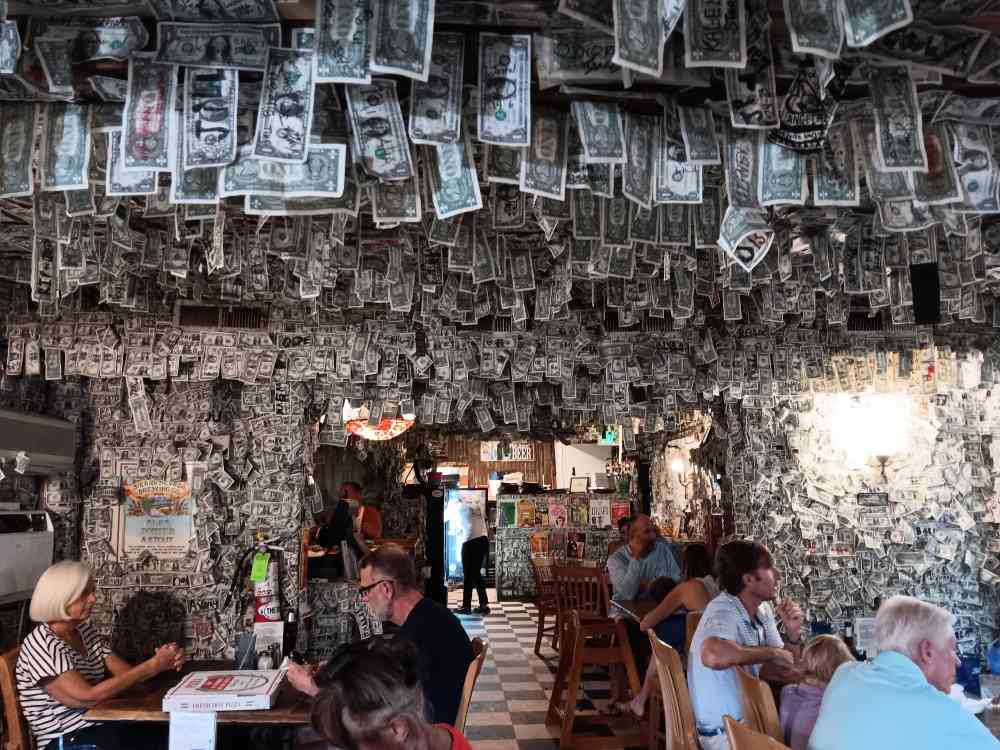
Related Posts
- Everything You Need to Know About Riviera Maya, Mexico
- Let’s Get Happy! Start Planning Your Next Vacation
- Spend an Amazing Day at the Sian Ka’an Biosphere
- Three Things You Need to Know About Travel in 2021
- Grand Bahia Principe Riviera Maya: One of My Favorite Resorts…Here’s Why
- Finding Serendipity in Ashtabula, OH: A Healing Experience at Serendipity Massage Studio
Myrtle Beach SC | History & Adventure | Perfect Girl’s Trip
My good friend Megan Wojcik graciously wrote about another travel adventure for my readers. This time, it was for a girl’s trip that she and her mom planned regularly, seeking out new destinations. Read about the wonderful place they stayed and the sights they discovered while in Myrtle Beach. Her lovely photos tell a story of a popular modern-day beach and a look into the history of days gone by. Thank you, Megan, for sharing your travels with us.
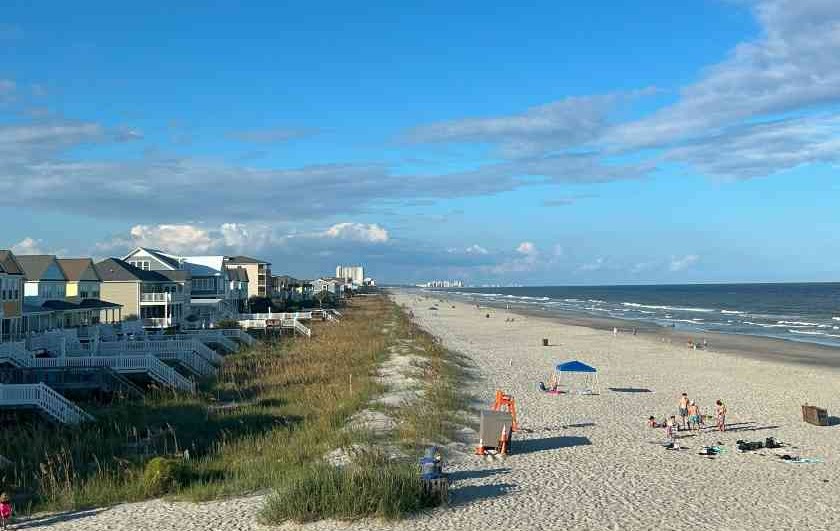
When my mom and I travel together, we usually focus on seeing historic houses. We love the craftsmanship, the architecture, and the inevitable stories that come with a house that has a century or two behind it. For our latest trip, we combined our love of history with the beach. And we think it was our best trip yet.
Photos courtesy of Megan Wojcik.
Let ChatGPT do the Planning
In late May, we went to Myrtle Beach. The idea for the trip started with a question posed to ChatGPT: Where can you fly from Pittsburgh for a reasonable price? Myrtle Beach popped up in the results. You don’t have to sell us on a beach, but would there be enough interesting history to see? The answer was yes.
Follow-up questions to ChatGPT, centered on historical homes located near Myrtle Beach, helped us build our itinerary. With our list of historical sites combined with $84 round-trip tickets on Allegiant, we set off for four days and three nights of beach time balanced with sightseeing.
Patricia Grand Resort in North Myrtle Beach

The quick flight allowed us to arrive fresh and ready to begin our adventure. We picked up our rental car after a short walk through the terminal to the dedicated car rental building. It was about a 30-minute drive to our Airbnb, a condo in the Patricia Grand Resort in North Myrtle Beach. Although this location added about 20 minutes to our daily drives to see the sites we had chosen, we thought it was worth it to stay beachfront. We were thrilled with the Airbnb. The unit was clean and spacious with two lovely balconies﹘one overlooking the Atlantic and another facing west to see the sunset. The building had wonderful amenities, like an indoor and outdoor pool, a lazy river, a hot tub, an on-site restaurant, a pool bar, plenty of lounge chairs, and fantastic beach access to a beautiful guarded beach.
First stop, Georgetown, an Hour South of North Myrtle Beach
While it was tough to pull ourselves away from the beach, we had two busy days of sightseeing. Our first stop was Georgetown, about an hour south of North Myrtle Beach. This charming town with a lively business district full of shops and restaurants dates back to colonial times.
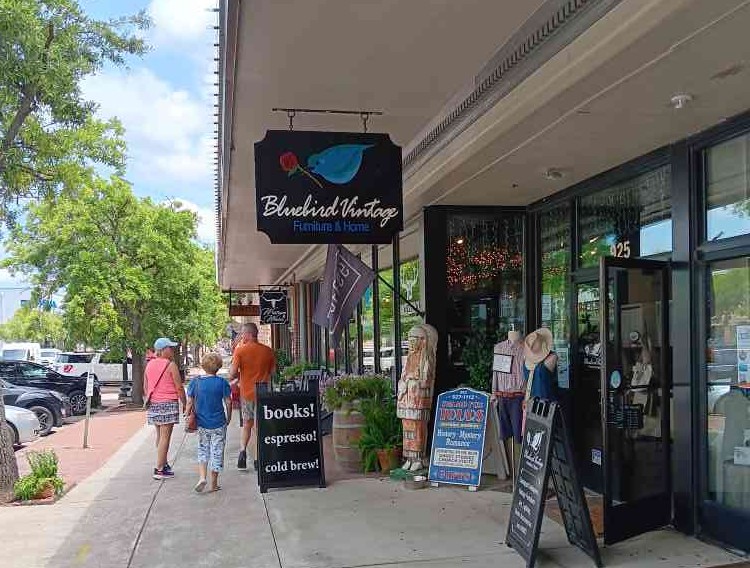
Our first stop was the Kaminski House, a riverfront house whose ownership can be traced to French Huguenot families who were among the earliest colonists of the area. After many owners, Harold and Julia Pyatt Kaminski bought the house in 1931. It’s their furniture you see when you visit. Most of the interior, including decor, is 18th and 19th century, collected by the Kaminskis. Harold’s study, though, reflects his naval career. Harold was the watch officer at Pearl Harbor on the morning of December 7, 1941. The tour covers the history of the house from the first occupant, a “spinster” who moved in at age 25, to the Kaminskis. Upon Julia’s death in 1972, it was donated to the town. One-hour docent-led tours are offered Mondays through Saturdays and start at $8.
Gullah Museum
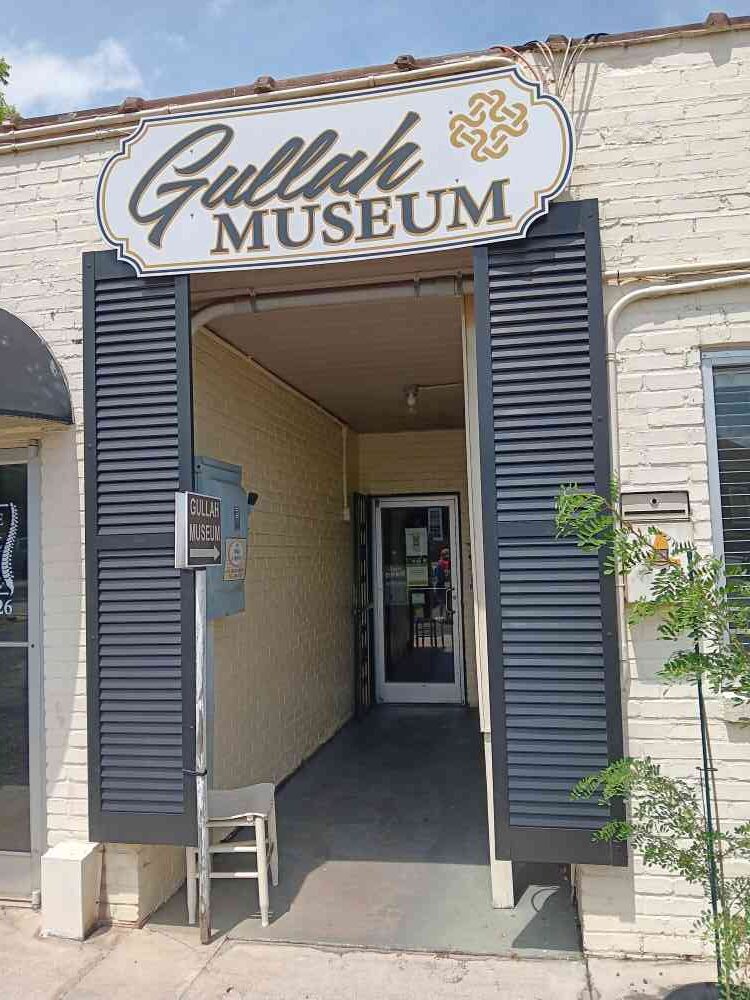


After we toured the Kaminski House, we took a five-minute stroll to the Gullah Museum. Though it’s only one room, the museum is very comprehensive, telling the story of the Gullah Geechee people﹘the descendants of the Africans who were enslaved on the local rice, indigo, and cotton plantations. The museum was started by the late Vermelle “Bunny” Smith Rodrigues and her husband, the late Andrew Rodrigues. A native of Georgetown, Bunny was an artist, advocate, storyteller, historian, and Gullah Geechee elder. The museum has displays on crop cultivation, animal husbandry, arts, crafts, foodways, music, spiritual practices, and language. It’s open from 11 a.m.-4 p.m. Mondays through Saturdays. We highly recommend a visit.
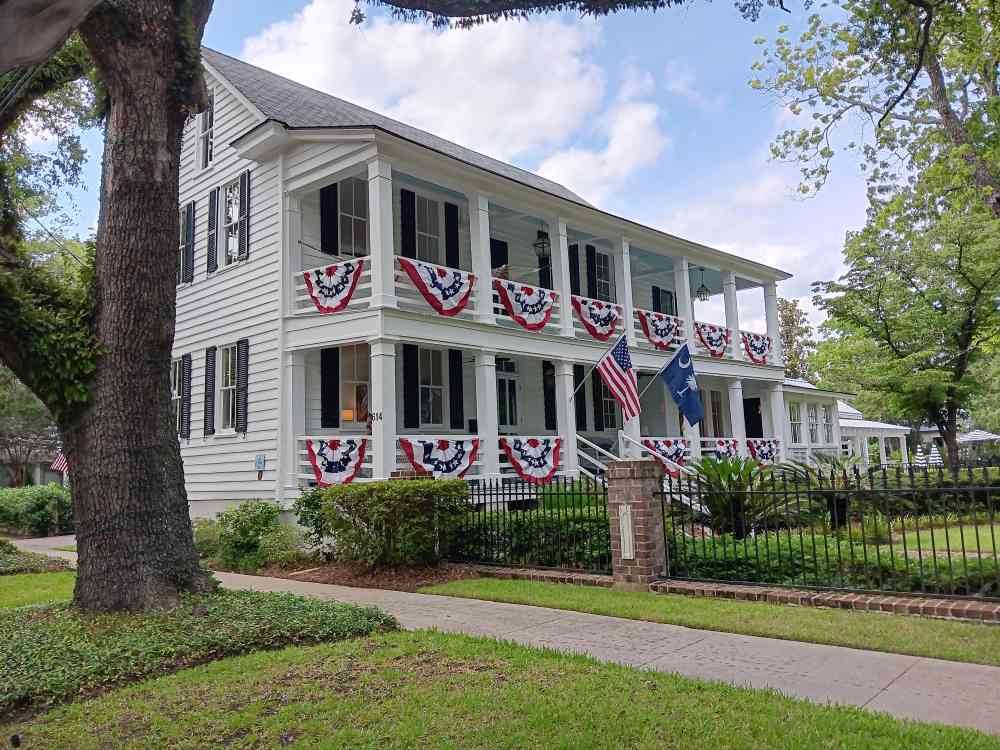
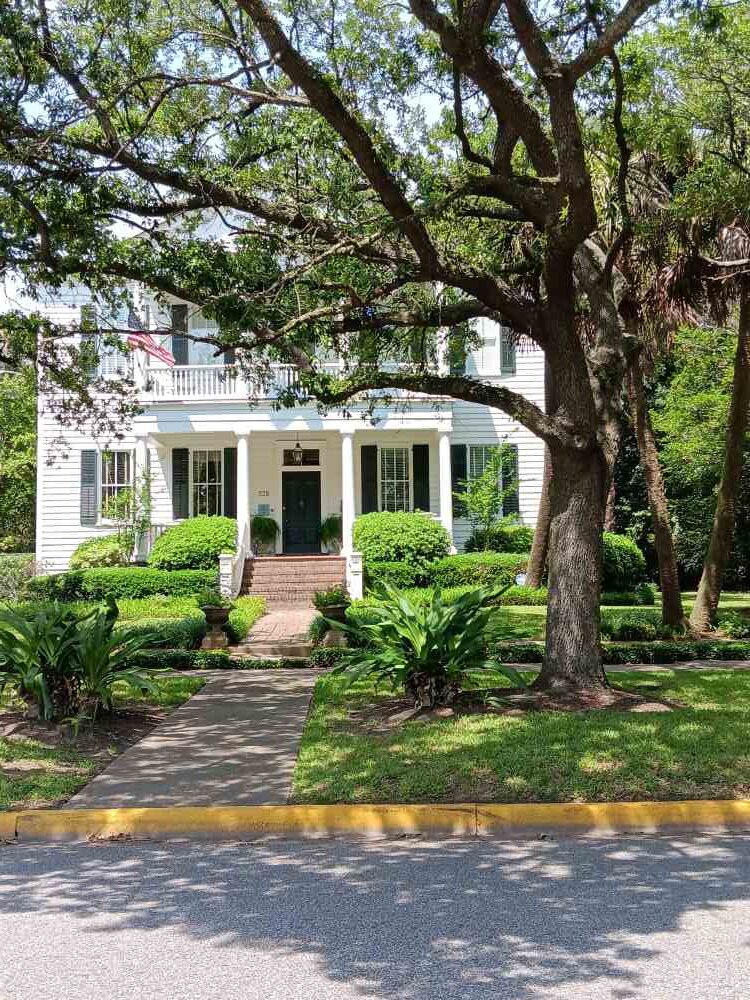
Even though we’d already visited a historic home and a fascinating museum, our day wasn’t done. To get an even more in-depth look at Georgetown, the third-oldest city in the state, we hopped on the Swamp Fox Tour tram. The one-hour tour (adults: $15) gave great insight into the town’s history, driving past historical homes, churches, and public buildings.
Pawleys Island Tavern

We ended our day by driving a bit north up the coast to Pawleys Island Tavern, where locals and tourists alike enjoy local specialties, like Calabash-style seafood, in a unique indoor and outdoor space covered with dollar bills. Yes, dollar bills. They’re covering every surface except the tables, seats, and floor. Our server told us that years ago, someone wrote a note on a dollar bill and stapled it to the wall. Diners have been doing the same thing ever since. Of course, we had to join in. We left a dollar bill with “Mother-Daughter Trip 2025” stapled to the wall behind our table. They provide the Sharpie and the staple gun. We had a bit of trouble finding the restaurant, even with Google Maps. We knew we were close when we asked someone for directions. If you have the same experience, try to find it. It’s worth it!
Hopsewee Plantation the Birthplace of Thomas Lynch, Jr
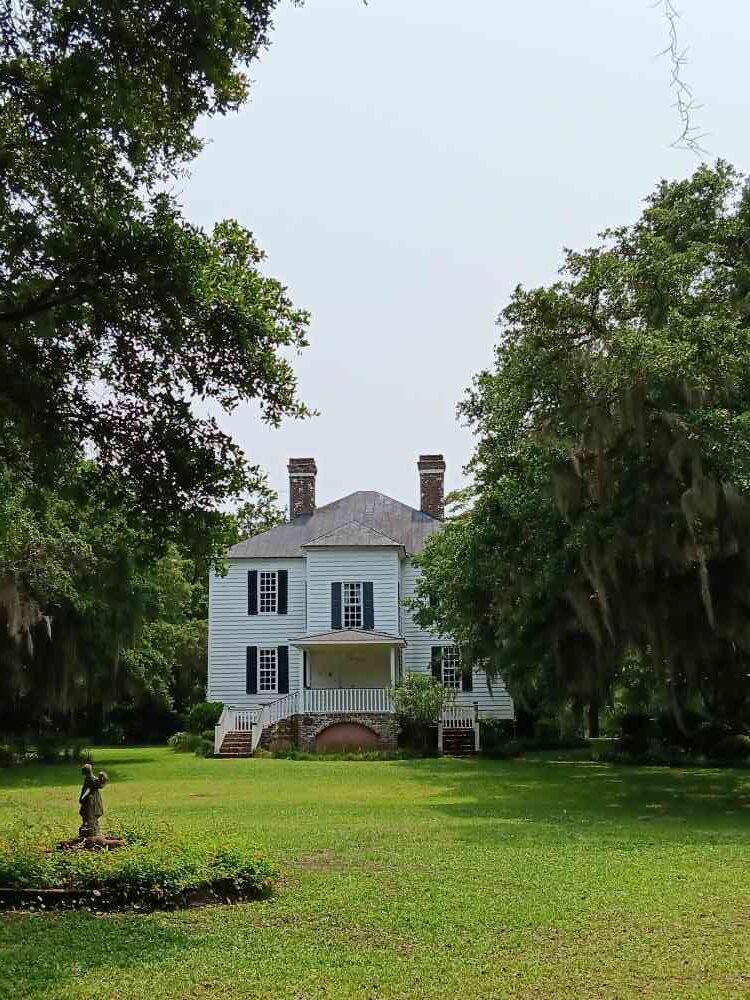
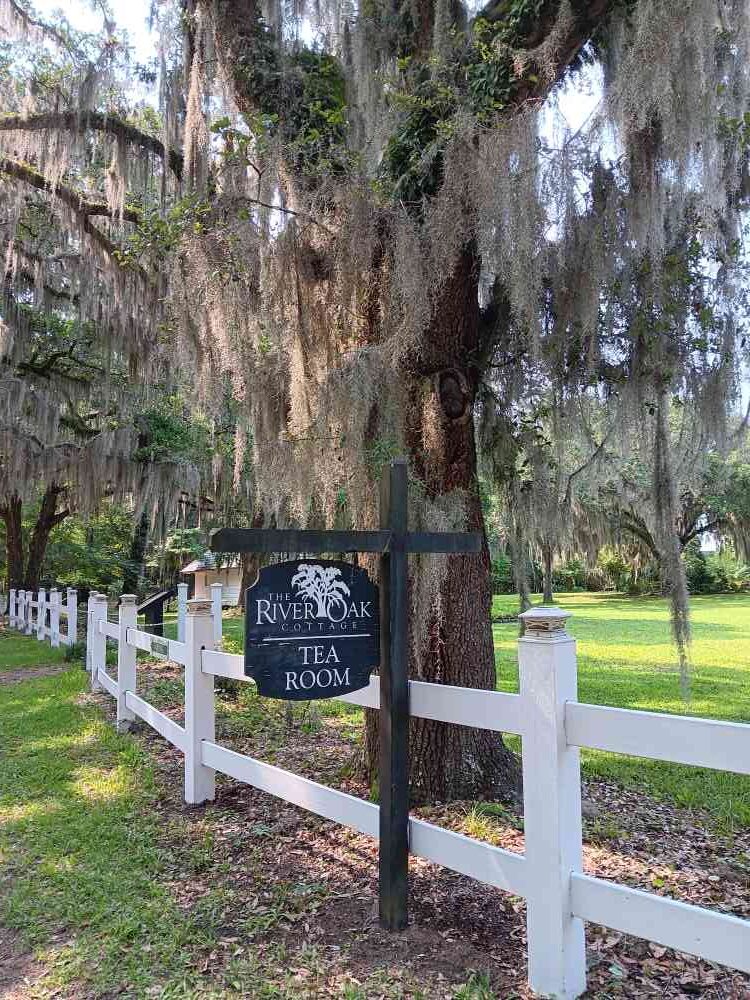
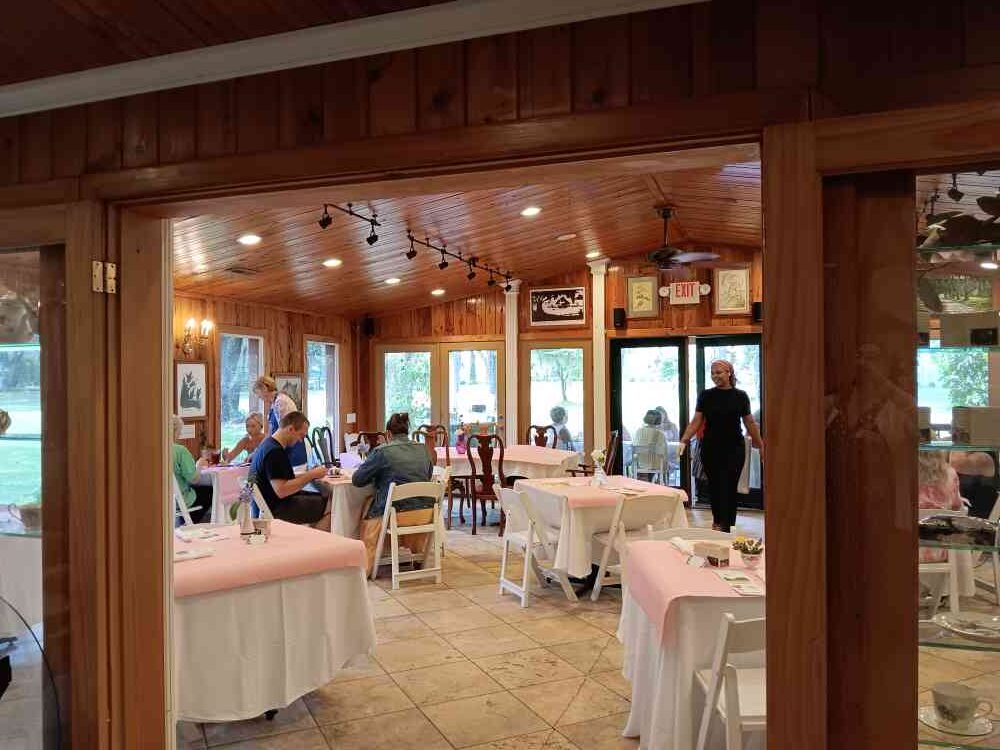
The next day, after breakfast on our balcony, we headed back toward Georgetown. This time we went about 12 miles further south to Hopsewee Plantation. As soon as we pulled into the grounds, we both agreed it looked like what we thought of when we planned the trip: sprawling oaks dripping with moss and a river flowing slowly in the distance. Once again, we were expecting Civil War-era history, and once again, we found more Revolutionary War-era history.
Built circa 1740, Hopsewee Plantation was the birthplace of Thomas Lynch, Jr., one of the signers of the Declaration of Independence. The tour of the plantation house goes into details about his life and how he ended up being part of history. The tour also focuses on the enslaved people who lived there and built it into one of the South’s major rice plantations.
The grounds include several cabins where enslaved people worked and lived, a smokehouse, a museum (though small and with an extra fee to visit, we found it full of information and worth the extra time and money), and the River Oak Cottage Tea Room. Though called a tea room, it actually offers a full lunch menu in addition to tea service. Further immersing ourselves in our surroundings, we both ordered the Lowcountry Sampler, a plate full of regional staples like pulled pork, pirleau, collard greens, macaroni and cheese, sweet potato casserole, and pimento cheese biscuits. We’re iced tea lovers and took the opportunity to try the special Hopsewee House Blend iced tea served with simple syrup on the side﹘a nice touch that allowed us to customize the sweetness of our tea. Reservations are recommended for tea or lunch.
Georgetown Ghost Tour with William Goins
After our lunch, we headed north to Georgetown for a ghost tour. If there’s a ghost tour offered on our travels, we take it. Our guide was William Goins, who was born and raised in Georgetown and has been a tour guide for more than 25 years. The one-hour tour covered several blocks, all flat, with spooky tales spanning almost 300 years. The tour was $15. William’s website is under construction. He can be reached by phone or text at 843-668-8164. His tour didn’t disappoint.
Our final day was devoted to the beach. With a late flight home, we were able to make use of the Airbnb’s pools, hot tub, lounge chairs, and hammocks. We rented chairs and an umbrella to enjoy some beach time, too. The rental service was located on the beach right in front of our Airbnb.
Another successful mother-daughter trip was behind us. It’s going to be tough to top this one.
About Megan Wojcik
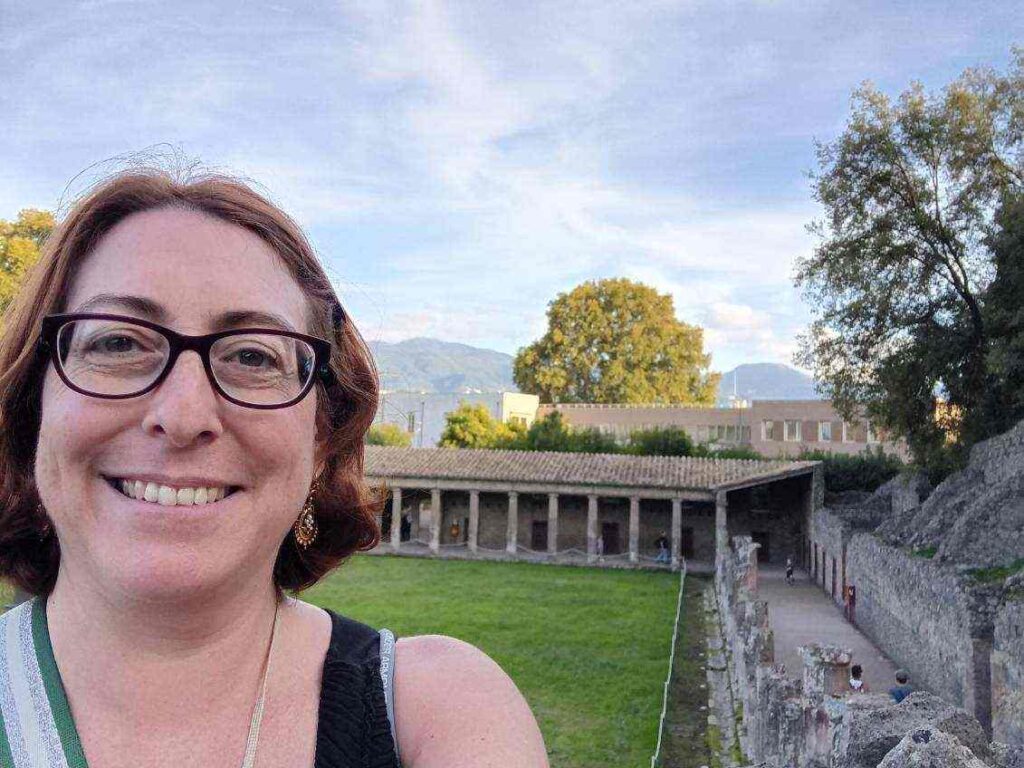
Megan Wojcik is a writer and editor in Pittsburgh who enjoys travel, British history, and collecting vintage purses.
Photo: Megan at Pompeii
All photos submitted by Megan Wojcik

